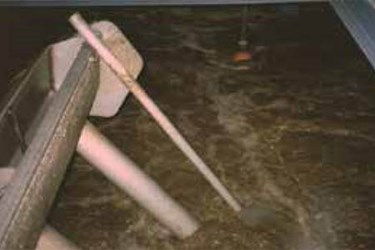Wastewater Treatment System Achieves Stringent Water Quality Discharge Limits And Reduces Costs

The Village of Johnson Wastewater Treatment Facility (WWTF) was among the first in the state of Vermont to meet newly enacted secondary treatment requirements when it began operation in 1970.
After legislative changes more than two decades later called for stricter discharge limits on phosphorous, ammonia, and residual chlorine, the Village of Johnson sought to increase the facility’s flow capacity, especially its ability to handle the high seasonal flows associated with storm events.
Biological phosphorous removal accomplished during the SBR fill cycle significantly reduces the amount of chemicals necessary to meet the new phosphorous effluent limits. The blower feedback control system uses dissolved oxygen probes to control the aeration blower runtime during the fill/aerate cycle, reducing the aeration electrical energy cost. The SBR system provides a level of safety by switching to storm cycle mode to provide additional capacity to accommodate high seasonal storm flows.
Get unlimited access to:
Enter your credentials below to log in. Not yet a member of Water Online? Subscribe today.
